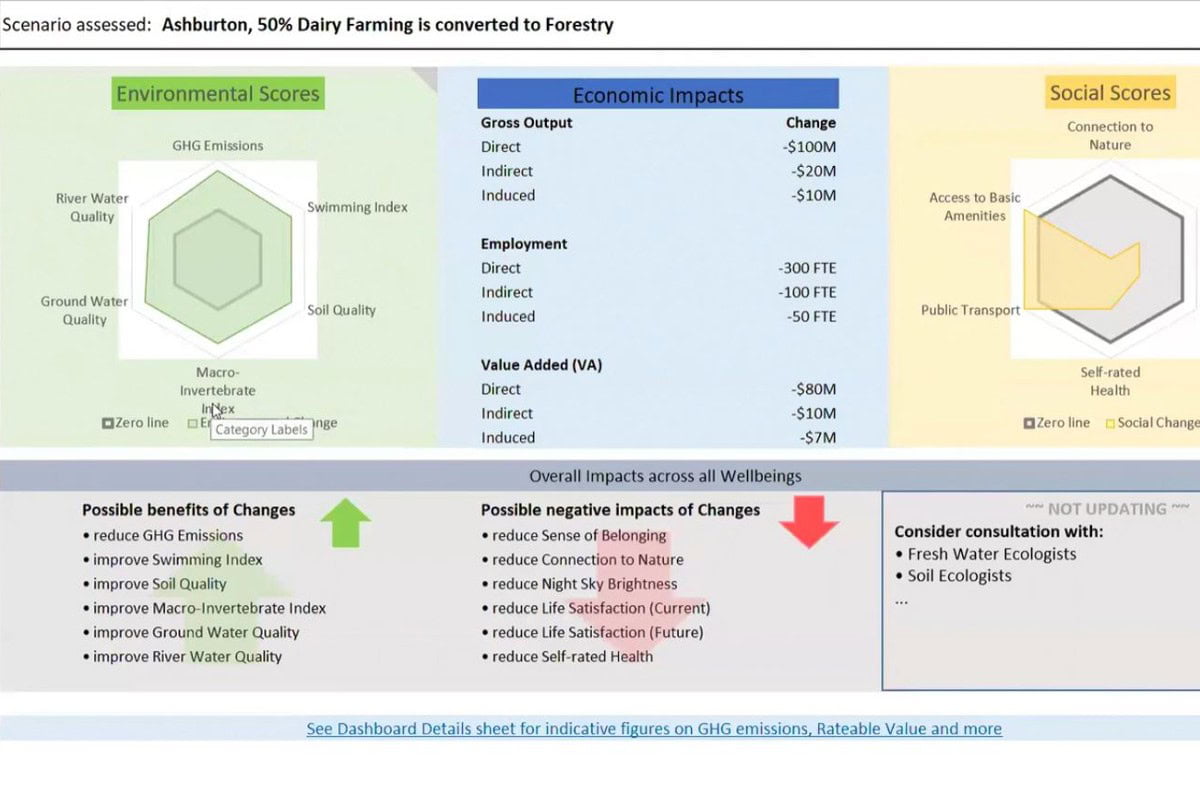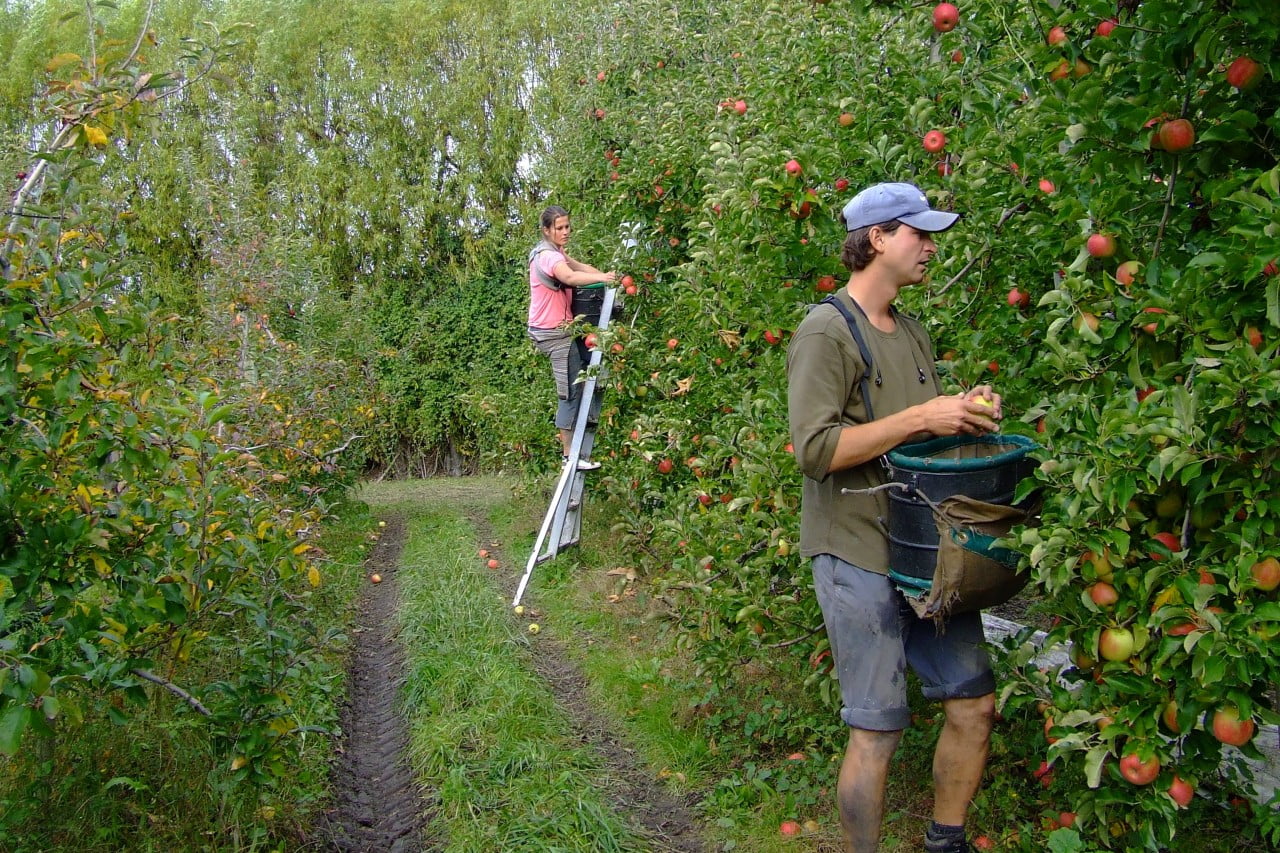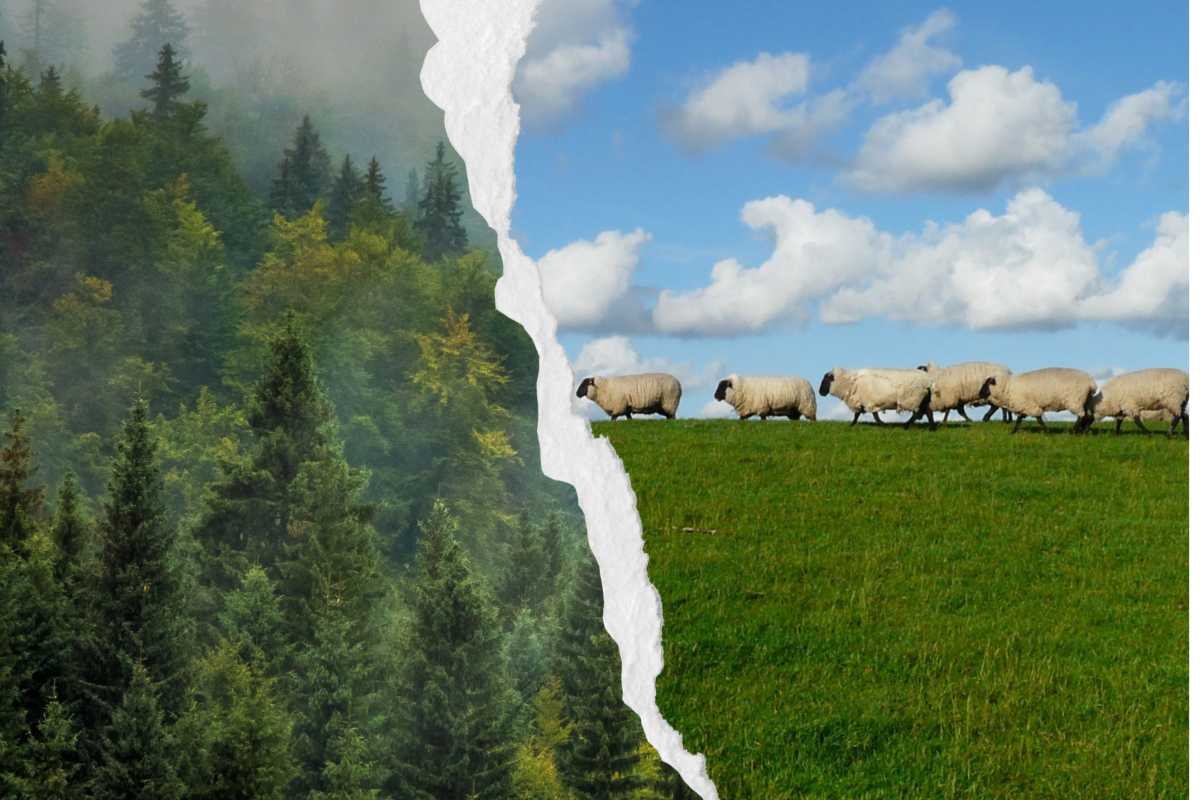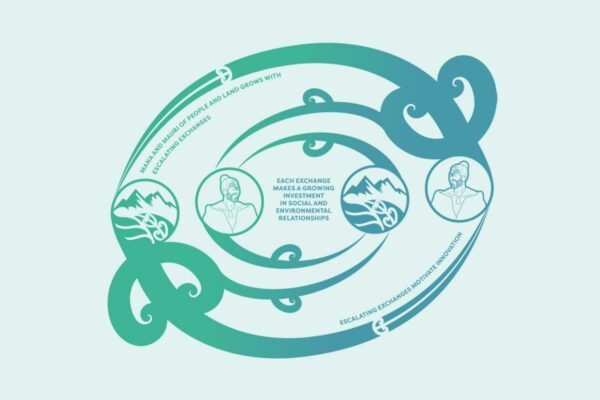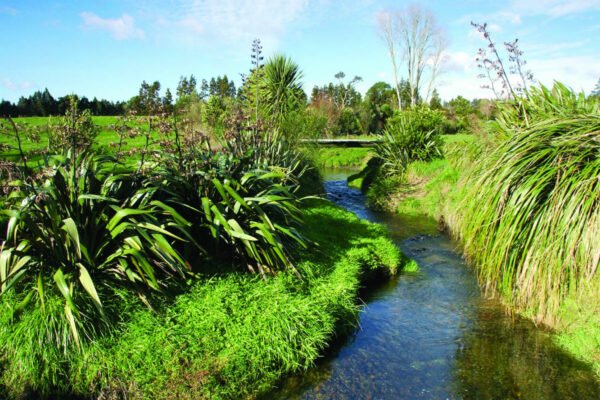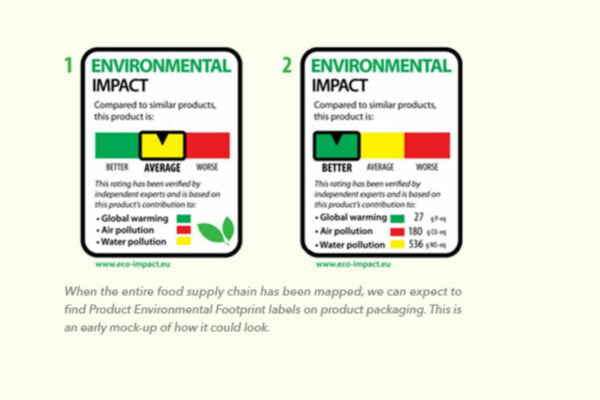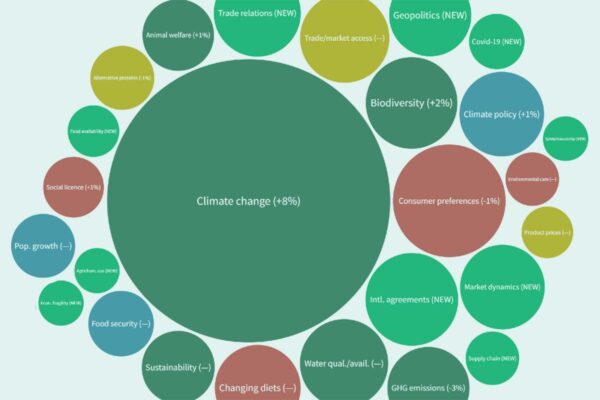Measuring Full Impacts of Land-Use Change
Creating a framework to measure the true, integrated effects of land-use systems in Aotearoa
Project Details Ngā taipitopito
Collaborators Ngā haumi
AgResearch | Greater Wellington Regional Council | Lincoln University | Matatihi | Otago Regional Council | Treasury | Waikato Regional Council
What are we doing?E aha ana mātou?
Land-use changes involve complex natural systems as well as complex considerations by farmers, communities, and policymakers.
Bringing together the social, economic, cultural, and environmental impacts of potential changes to land use would help policymakers and land stewards identify the changes with the best outcomes for the wellbeing of te Taiao.
Currently, integrated effects or impact assessments are conducted as one-off exercises tied to legal or regulatory processes, such as Resource Management Act 1991 (RMA) applications. These assessments do not clarify the different impacts, and information is not integrated in a consistent way. With the repeal of the RMA, there is an opportunity to create a more comprehensive and consistent framework to describe the effects of land-use change in new legislation.
This working group aims to develop an integrated impact assessment framework that can assess the impacts of land-use change on society, culture, the economy, and environment. This will be co-created with potential users of the framework, including Māori land managers.
How can the research be used? Ka pēhea e whai take ai te rangahau?
- This working group will develop and test with key potential users the architecture of an integrated impact assessment (IIA) framework. It will show the integrated impact across social, economic, cultural, and environmental domains for common land-use changes and indicators. This will allow decision-makers to investigate whether land-uses provide economic returns while also improving outcomes for te Taiao.
- The aim is to develop a framework that is valued by its users – financial institutions, farmers, sector groups, Māori land stewards, regional councils, and central government – to support their decision processes. The framework might help them organise information, provide transparency, establish priorities, or otherwise improve their decision processes.
- The IIA framework will give policymakers in regional and central government a consistent way to evaluate scenarios about future development. It will also be freely accessible for land stewards and communities to use.
- Uncertainty around the impact of changes to land-use systems can be very high. There is tension between complexity and simplicity when considering aspects such as behaviour, community, society, ecosystem services, and cumulative effects. Creating a consistent repository of information with documented processes for integration can reduce this uncertainty.
- People can often feel disempowered while commissioners or lawyers are making decisions. The IIA framework developed by this working group will incorporate farmer and community knowledge, and provide transparency about decision-making.
- Research collaborators from Treasury, Greater Wellington Regional Council, Otago Regional Council and Waikato Regional Council are co-designing the IIA framework, and will it in their roles and organisations to facilitate making more consistent, informed decisions.
Related research updates Ngā pānui mō te rangahau nei
Participation & engagement Te hunga i whai wāhi mai
- This working group is engaging with Māori land managers to understand their information needs and the contexts in which they are making decisions.
- The project will include qualitative research based in kaupapa Māori, including several hui or wānanga with managers from Māori farms, agribusinesses, incorporations, or other organisations. This work will be led by senior Māori researchers experienced in working with Māori land managers and iwi organisations.
 View Our Strategy Document 2019 – 2024
View Our Strategy Document 2019 – 2024



